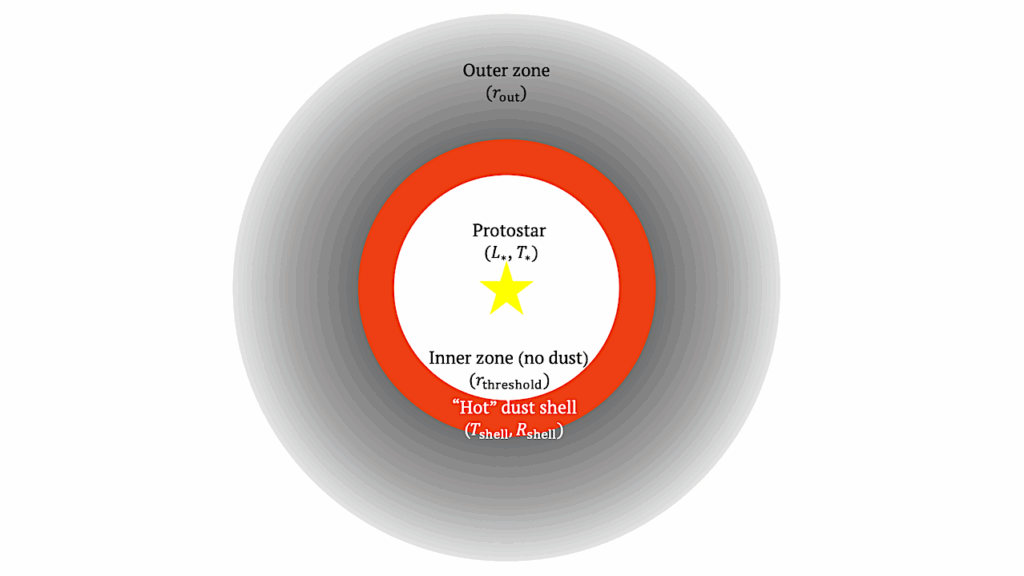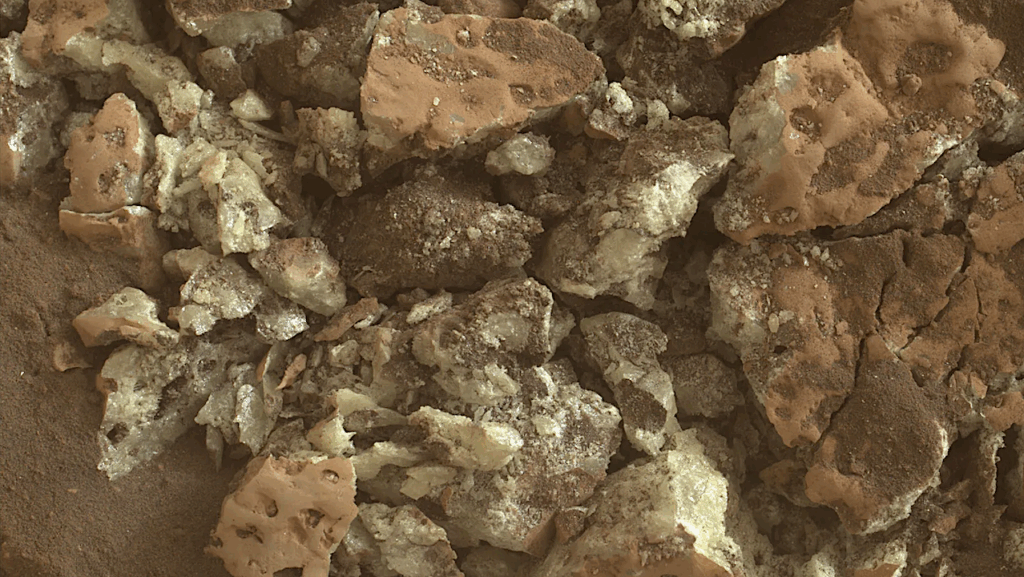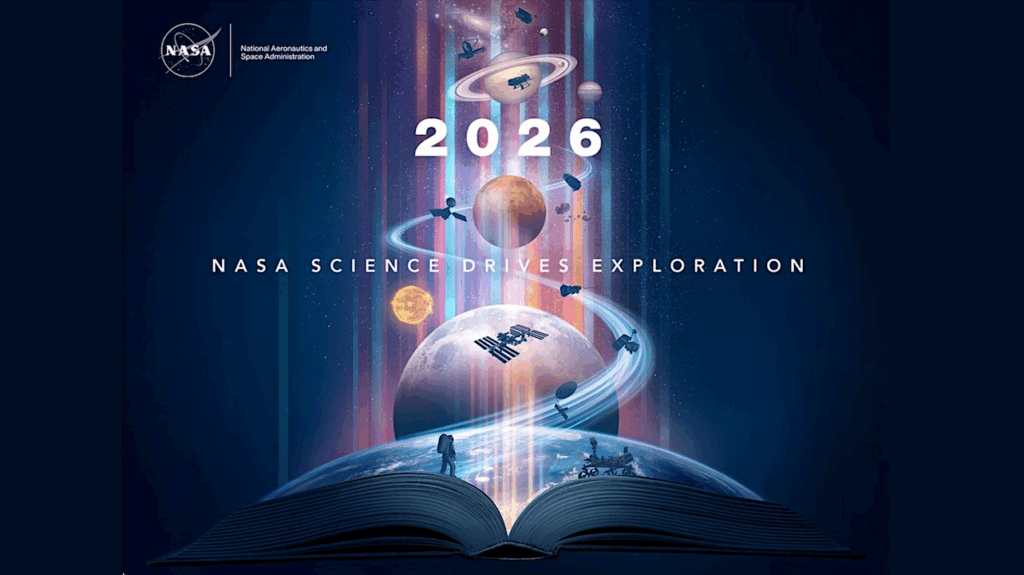Chemistry Of Complex Organic Molecules In The V883 Ori Disk Revealed By ALMA Band 3 Observations

Complex organic molecules (COMs) in protoplanetary disks are key to understanding the origin of volatiles in comets in our solar system, yet the chemistry of COMs in protoplanetary disks remains poorly understood.
Here we present Atacama Large Millimeter/submillimeter Array (ALMA) Band 3 observations of the disk around the young outbursting star V883 Ori, where the COMs sublimate from ices and are thus observable thanks to the warm condition of the disk. We have robustly identified ten oxygen-bearing COMs including 13C-isotopologues in the disk-integrated spectra.
The radial distributions of the COM emission, revealed by the detailed analyses of the line profiles, show the inner emission cavity, similar to the previous observations in Band 6 and Band 7. We found that the COMs abundance ratios with respect to methanol are significantly higher than those in the warm protostellar envelopes of IRAS 16293-2422 and similar to the ratios in the solar system comet 67P/Churyumov-Gerasimenko, suggesting the efficient (re-)formation of COMs in protoplanetary disks.
We also constrained the 12C/13C and D/H ratios of COMs in protoplanetary disks for the first time. The 12C/13C ratios of acetaldehyde, methyl formate, and dimethyl ether are consistently lower (∼ 20-30) than the canonical ratio in the interstellar medium (∼ 69), indicating the efficient 13C-fractionation of CO. The D/H ratios of methyl formate are slightly lower than the values in IRAS 16293-2422, possibly pointing to the destruction and reformation of COMs in disks. We also discuss the implications for nitrogen and sulfur chemistry in protoplanetary disks.
Yoshihide Yamato, Shota Notsu, Yuri Aikawa, Yuki Okoda, Hideko Nomura, Nami Sakai
Comments: 38 pages, 22 figures, Accepted for publication in AJ
Subjects: Earth and Planetary Astrophysics (astro-ph.EP); Solar and Stellar Astrophysics (astro-ph.SR)
Cite as: arXiv:2312.01300 [astro-ph.EP] (or arXiv:2312.01300v1 [astro-ph.EP] for this version)
Submission history
From: Yoshihide Yamato
[v1] Sun, 3 Dec 2023 06:22:40 UTC (7,151 KB)
https://arxiv.org/abs/2312.01300
Astrobiology, Astrochemistry








